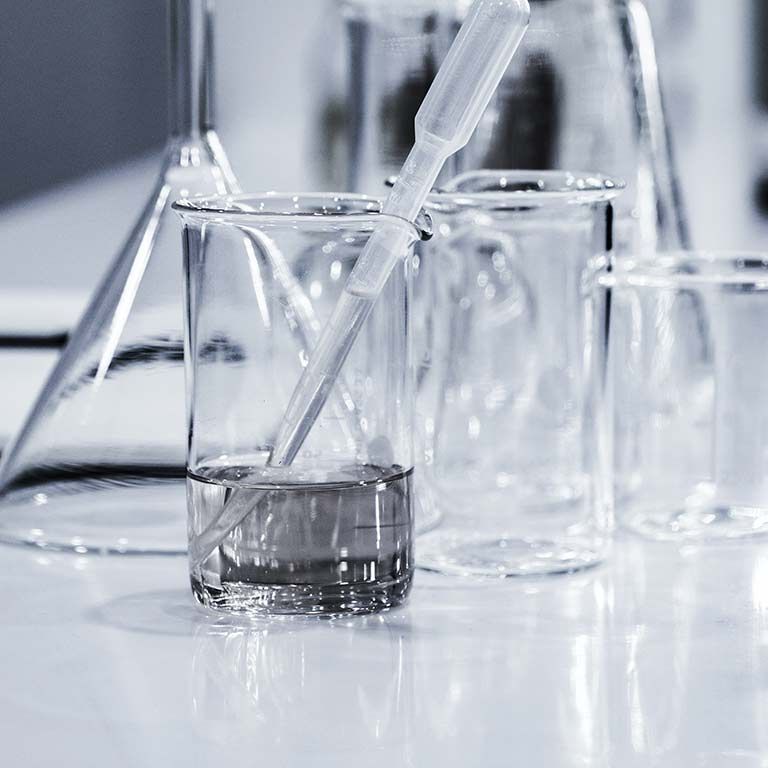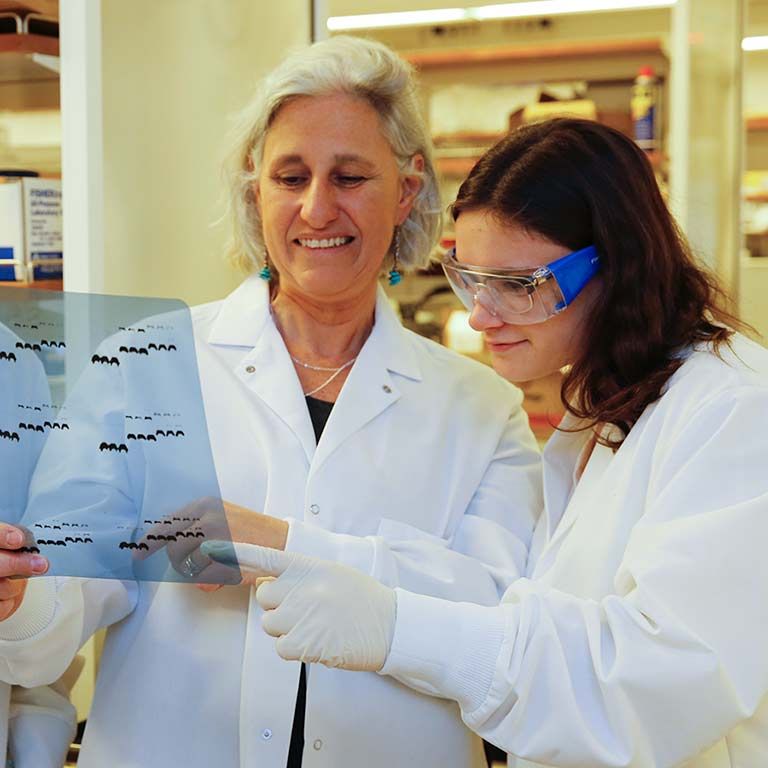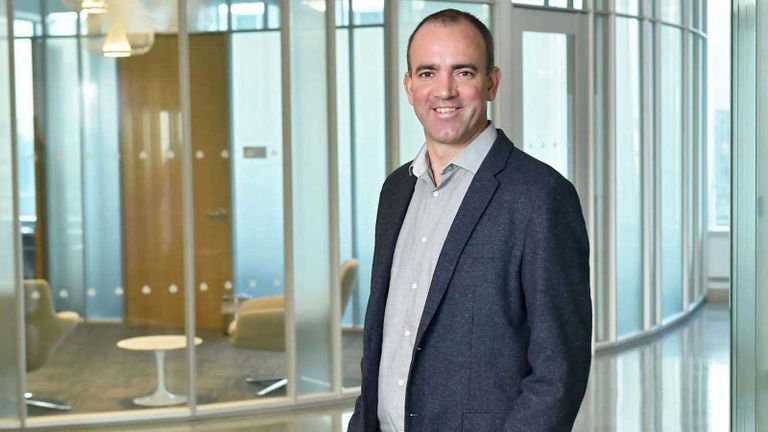Chemistry
Welcome to the Department of Chemistry
The Department of Chemistry at Hunter College ranks among the top 10 programs in the United States in graduating chemistry and biochemistry majors and has the most graduate and undergraduate students of any school in the City University of New York system.





